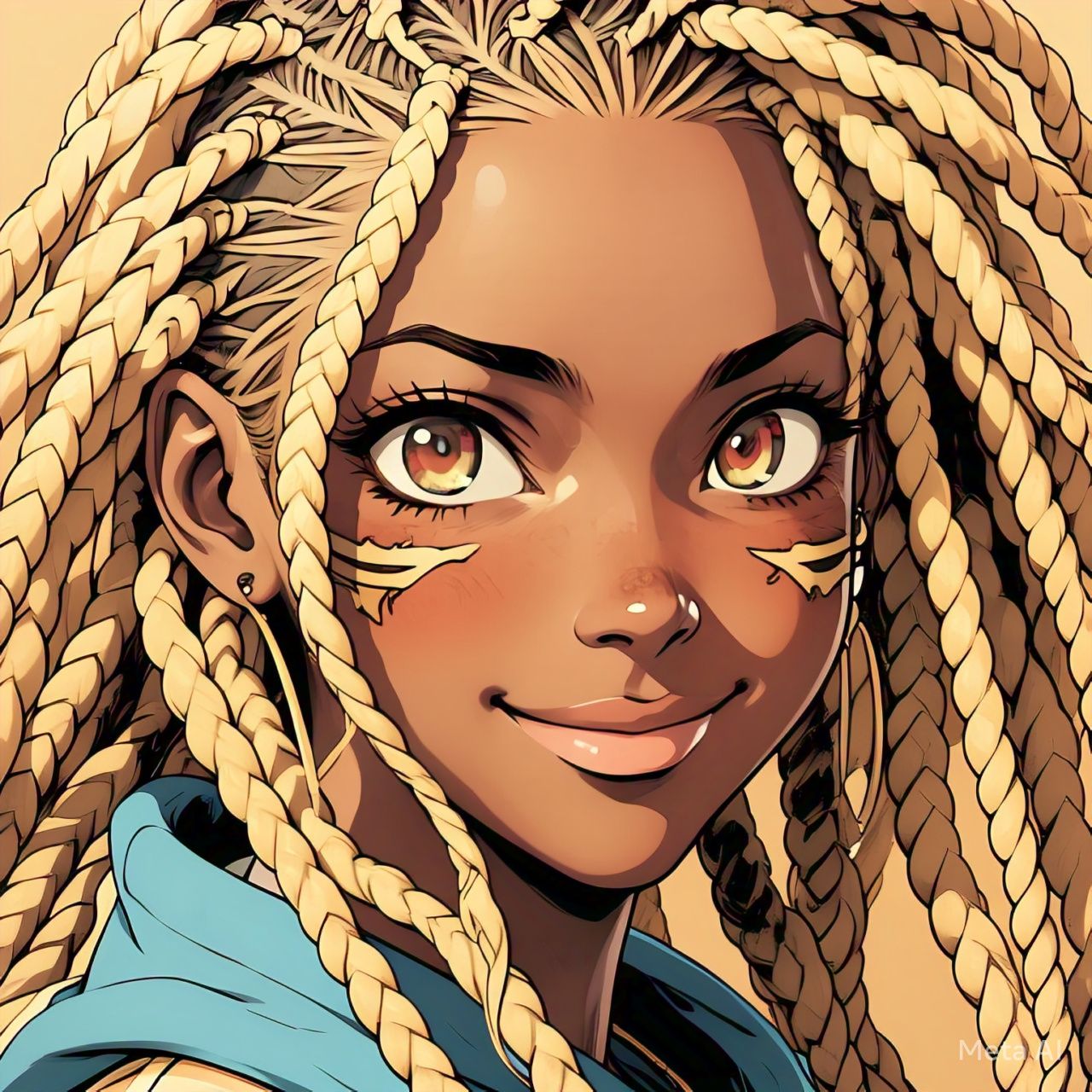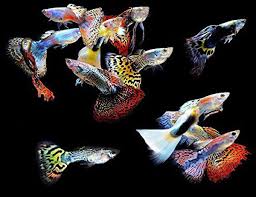Fulani Braids and Their Cultural Significance
The Origins of Fulani Braids
Fulani braids, also known as Fulani cornrows, are a traditional African hairstyle that originated from the Fulani people, a nomadic ethnic group spread across West Africa. These braids are more than just a hairstyle—they represent cultural identity, heritage, and even social status. Traditionally, Fulani braids are characterized by intricate cornrows that run along the scalp, often adorned with beads, shells, or metallic accessories. The style is both functional and artistic, designed to protect hair while showcasing creativity.
The Fulani people have preserved this hairstyle for generations, passing down techniques and styles from mothers to daughters. Each variation of the braid can signify different things, such as marital status, age, or even tribal affiliation. Over time, Fulani braids have transcended their cultural roots, becoming a popular choice for people worldwide who appreciate their beauty and versatility.
The Evolution of Fulani Braids in Modern Fashion
In recent years, Fulani braids have gained global recognition, thanks in part to celebrities and influencers who have embraced the style. From runways to red carpets, these braids have been reimagined in countless ways, blending tradition with contemporary fashion. One of the most striking modern adaptations is the introduction of blonde hair into the classic Fulani braid style.
Blonde Fulani braids offer a bold contrast to the traditional dark braids, creating a striking and fashionable look. This modern twist appeals to those who want to honor the cultural origins of the style while adding a personal and trendy flair. The combination of intricate braiding patterns with blonde hair—whether natural, dyed, or extensions—creates a unique aesthetic that stands out.
Why Blonde Fulani Braids Are Gaining Popularity
The appeal of blonde Fulani braids lies in their versatility and eye-catching appearance. Blonde hair, whether in honey, platinum, or golden shades, adds a fresh and modern dimension to the braids. This variation allows wearers to experiment with different looks, from subtle and natural to bold and dramatic.
Additionally, blonde Fulani braids can complement various skin tones, making them an inclusive choice for many. The contrast between the braids and darker roots can create a striking effect, while those with lighter complexions may find that blonde braids enhance their features seamlessly. Social media platforms like Instagram and Pinterest have played a significant role in popularizing this trend, with countless tutorials and style inspirations available.
The Cultural Appreciation vs. Appropriation Debate
As Fulani braids become more mainstream, discussions about cultural appreciation versus appropriation have emerged. It is essential to acknowledge and respect the origins of the hairstyle while embracing it in a modern context. Many advocates emphasize the importance of giving credit to African traditions and understanding the cultural significance behind the braids.
For those choosing to wear blonde Fulani braids, educating oneself on the history and meaning of the style is crucial. Supporting Black hairstylists and braiders who specialize in these techniques is another way to honor the tradition while enjoying its beauty. When done respectfully, blonde Fulani braids can be a celebration of cultural fusion rather than appropriation.
The Styling Process of Blonde Fulani Braids
Choosing the Right Shade of Blonde
One of the first steps in achieving blonde Fulani braids is selecting the perfect shade of blonde. The choice depends on skin tone, personal preference, and maintenance level. Warmer blondes, such as honey or caramel, tend to suit deeper skin tones beautifully, while cooler tones like platinum or ash blonde can create a high-contrast look.
For those who do not want to commit to dyeing their natural hair, synthetic or human hair extensions in blonde shades offer a temporary yet realistic alternative. Many braiding hair brands provide pre-colored options, making it easier to achieve the desired look without chemical processing.
Preparing Natural Hair for Braiding
Before installing blonde Fulani braids, proper hair preparation is essential to ensure longevity and scalp health. The natural hair should be thoroughly washed, deep-conditioned, and detangled to prevent breakage during the braiding process. A lightweight moisturizer or leave-in conditioner can help keep the hair hydrated beneath the braids.
Protective styling techniques, such as lightly stretching the hair (through blow-drying or banding), can make the braiding process smoother. Additionally, applying a scalp treatment or oil can prevent irritation and promote healthy hair growth while the braids are in place.
The Braiding Technique: Traditional Meets Modern
The classic Fulani braiding technique involves creating cornrows that start at the front of the head and curve towards the back, often with a central braid or unique patterns. When incorporating blonde hair, braiders may use a combination of natural hair and extensions to achieve fullness and length.
Some modern variations include:
- Feed-in braids – Where extensions are gradually fed into the braid for a seamless blend.
- Boho Fulani braids – Incorporating loose curls or waves for a softer, more romantic look.
- High-top Fulani braids – A bold, sculptural style where braids are styled upwards for added drama.
Accessories like gold cuffs, beads, or cowrie shells can further enhance the look, staying true to the traditional Fulani aesthetic while allowing for personalization.
Maintenance and Longevity of Blonde Fulani Braids
To keep blonde Fulani braids looking fresh, regular maintenance is key. Wrapping the hair in a silk or satin scarf at night reduces friction and prevents frizz. A lightweight oil or braid spray can be used to maintain moisture and shine.
Depending on hair growth and styling, Fulani braids can last anywhere from two to six weeks. However, keeping them in for too long without proper care can lead to tangling or matting. It’s recommended to take breaks between braiding sessions to allow the scalp and hair to recover.
Styling Variations and Celebrity Influence
Popular Blonde Fulani Braid Styles
Blonde Fulani braids offer endless styling possibilities. Some trending variations include:
Half-Up, Half-Down Fulani Braids
This style combines the elegance of cornrows with the freedom of loose hair. The front sections are braided in traditional Fulani patterns, while the back is left flowing, either in natural curls or straight strands.
Jumbo Fulani Braids
For a bolder statement, thicker braids create a striking look. These are often paired with blonde ombre or highlights for added dimension.
Fulani Braids with Curly Ends
Adding curls at the ends of the braids softens the overall appearance, blending traditional braiding with a playful, modern twist.
Celebrities Who Have Rocked Blonde Fulani Braids
Many celebrities have embraced blonde Fulani braids, further propelling the trend into mainstream fashion. Beyoncé, for instance, has sported golden Fulani-inspired braids in music videos and performances, showcasing their regal appeal. Zendaya has also been seen with variations of the style, proving its versatility across different aesthetics.
Other stars like Alicia Keys and Lupita Nyong’o have experimented with blonde braids, demonstrating how the style can be adapted for red carpets, editorial shoots, and everyday wear. Their influence has encouraged fans worldwide to try the look, making blonde Fulani braids a staple in contemporary hairstyling.
Conclusion – Embracing Tradition with a Modern Flair
The Timeless Appeal of Fulani Braids
Fulani braids have stood the test of time, evolving from a cultural tradition to a global fashion statement. Their intricate designs and symbolic meanings make them more than just a hairstyle—they are a celebration of heritage and artistry.
Why Blonde Fulani Braids Are Here to Stay
The fusion of blonde hair with Fulani braiding techniques represents the perfect balance between tradition and modernity. This style allows individuals to express their creativity while paying homage to African braiding traditions. As fashion continues to evolve, blonde Fulani braids remain a timeless yet innovative choice.
Final Thoughts on Cultural Respect and Personal Expression
While experimenting with blonde Fulani braids, it’s essential to approach the style with respect and awareness. Acknowledging its roots and supporting Black hairstylists ensures that the tradition is honored. Ultimately, blonde Fulani braids are a testament to the beauty of cultural exchange when done thoughtfully and appreciatively.
Whether worn for their aesthetic appeal or cultural significance, blonde Fulani braids are a powerful way to embrace both history and contemporary style. As more people discover this stunning look, its influence in the world of fashion and beauty will undoubtedly continue to grow.










